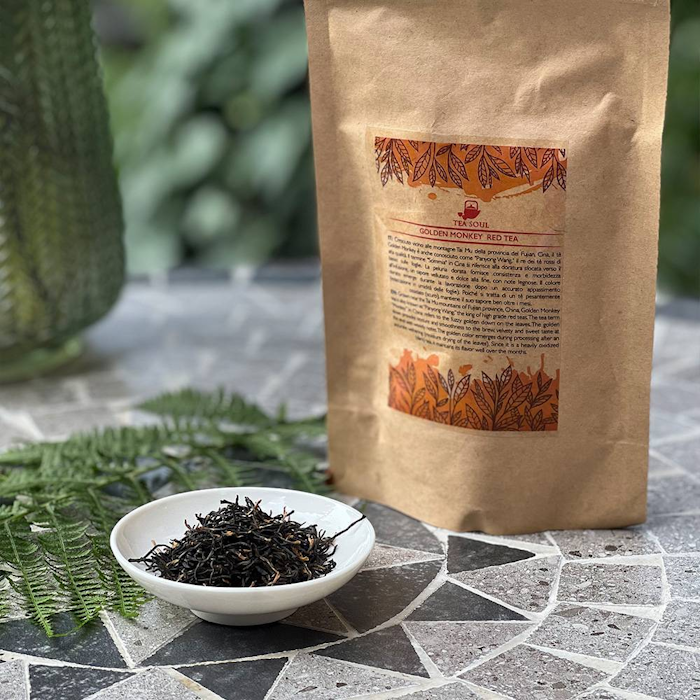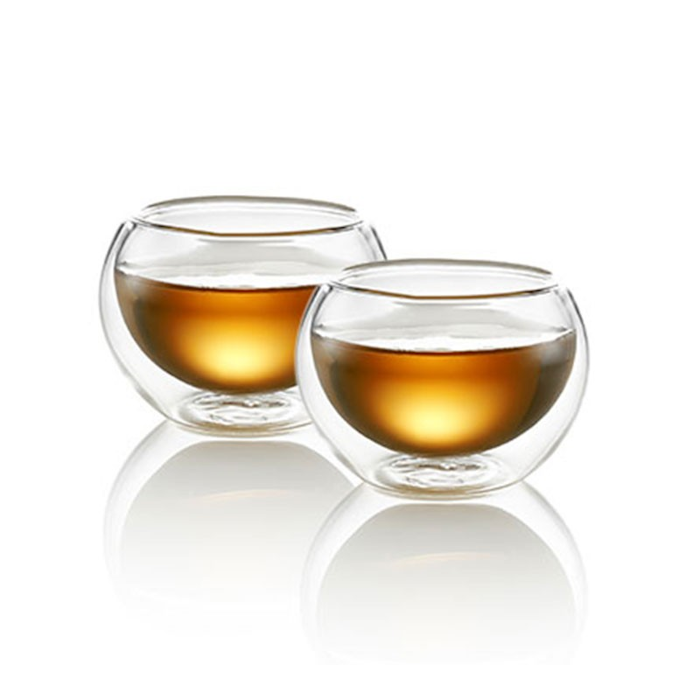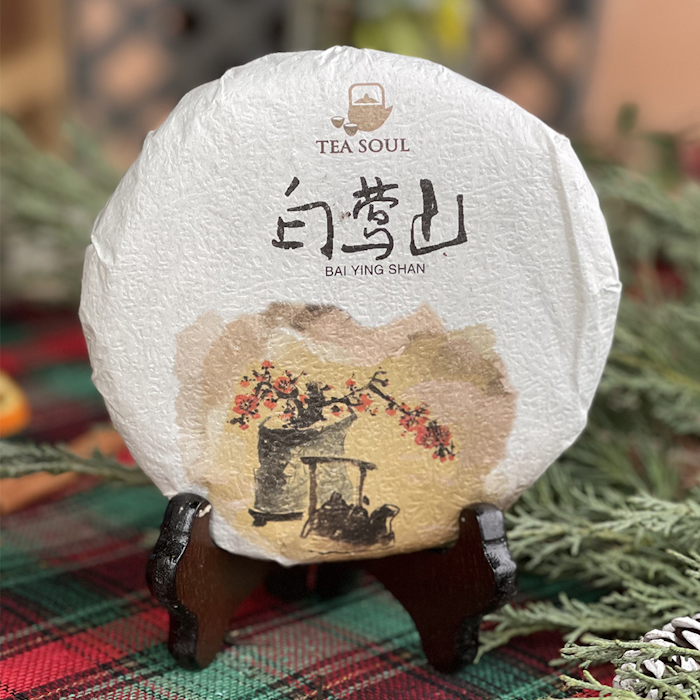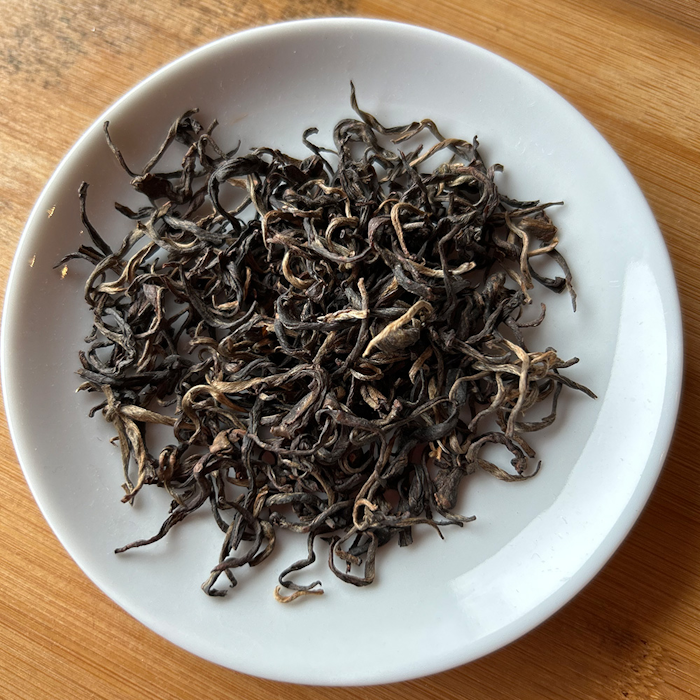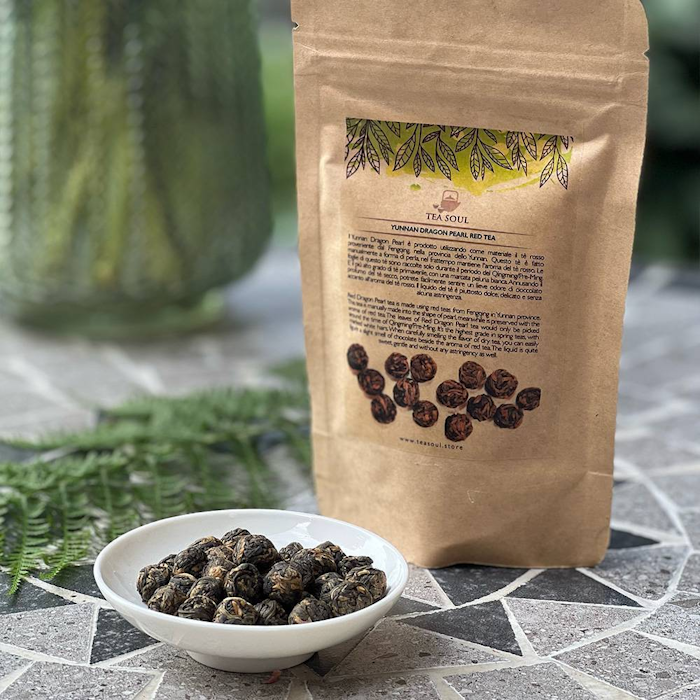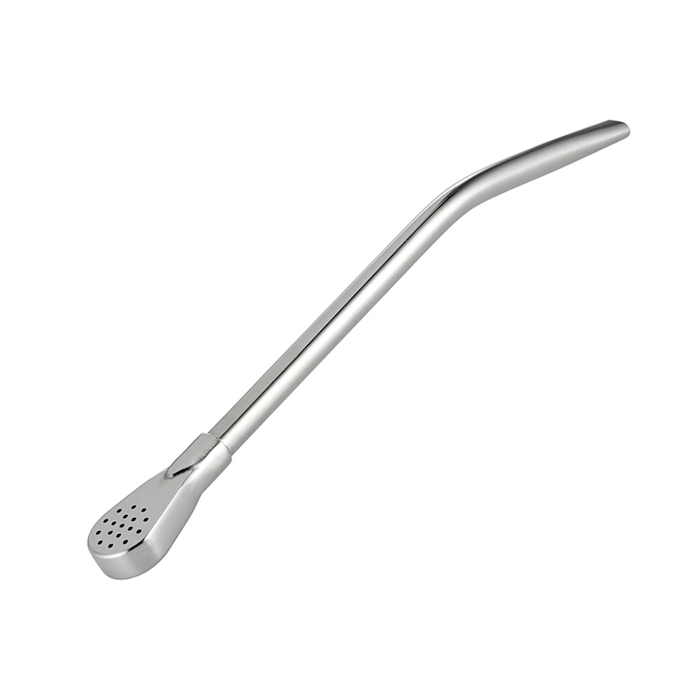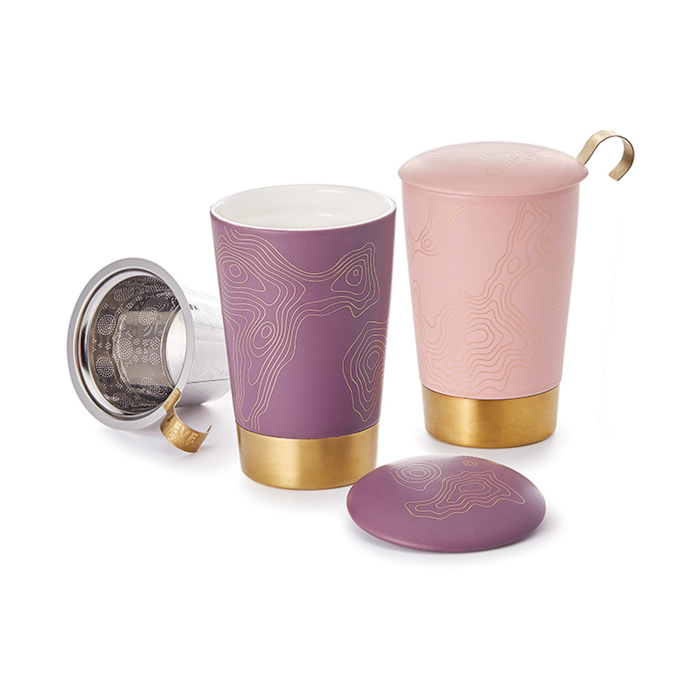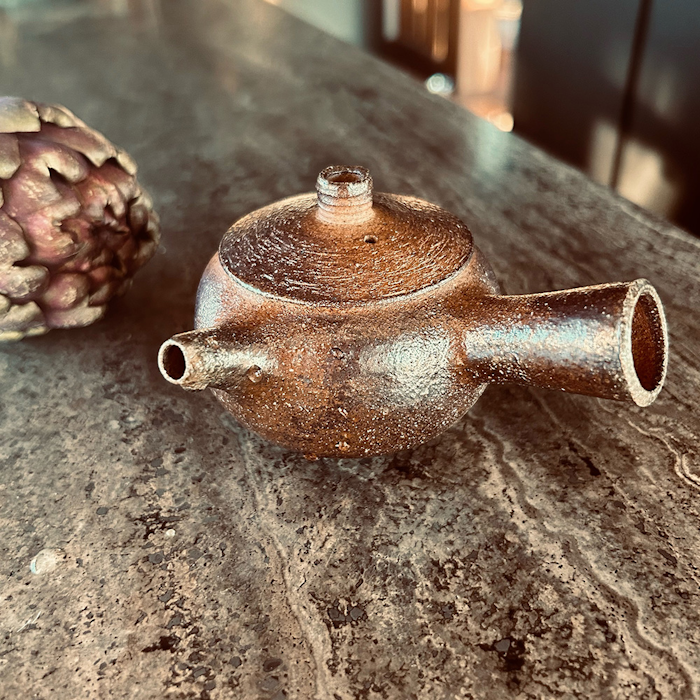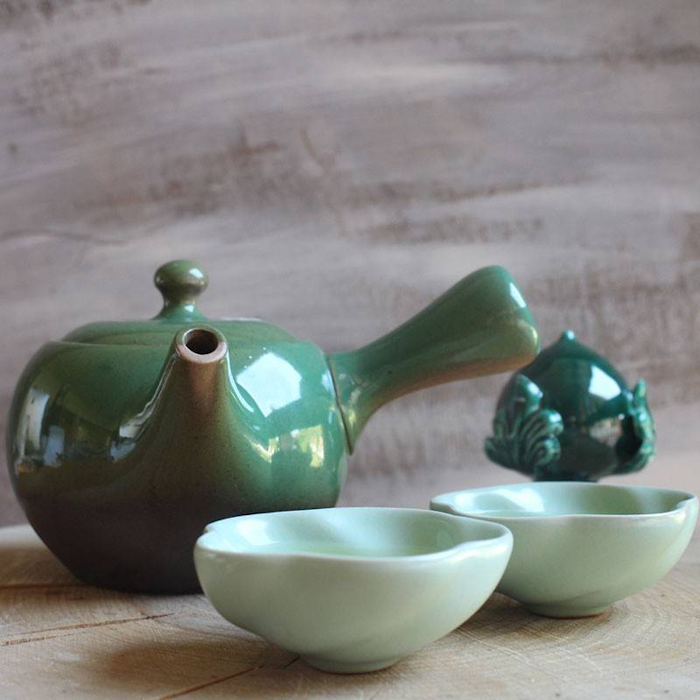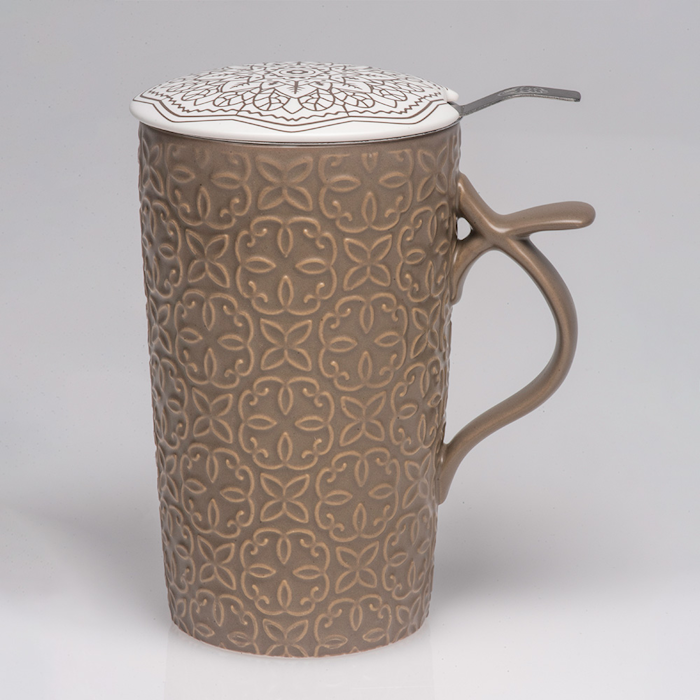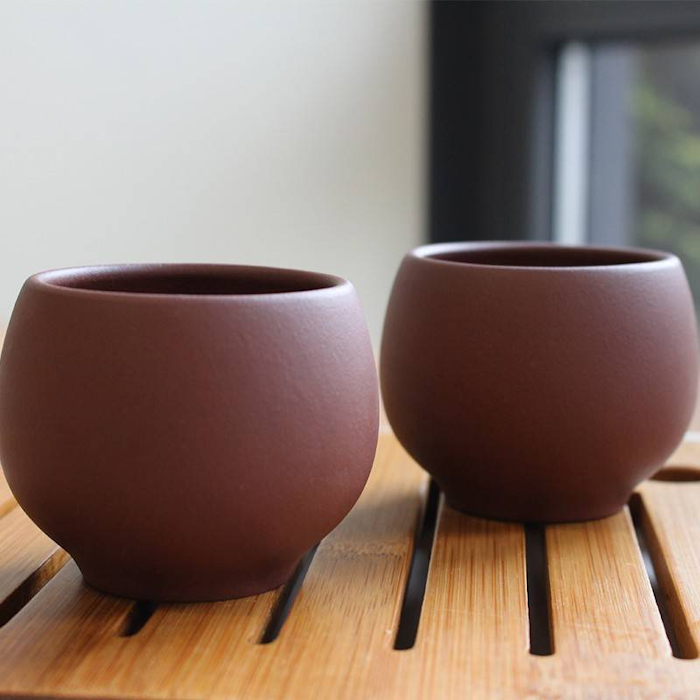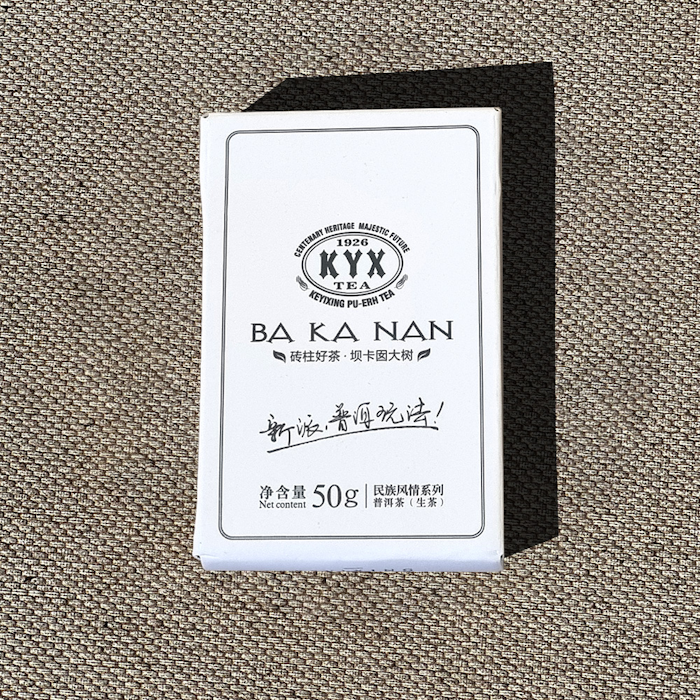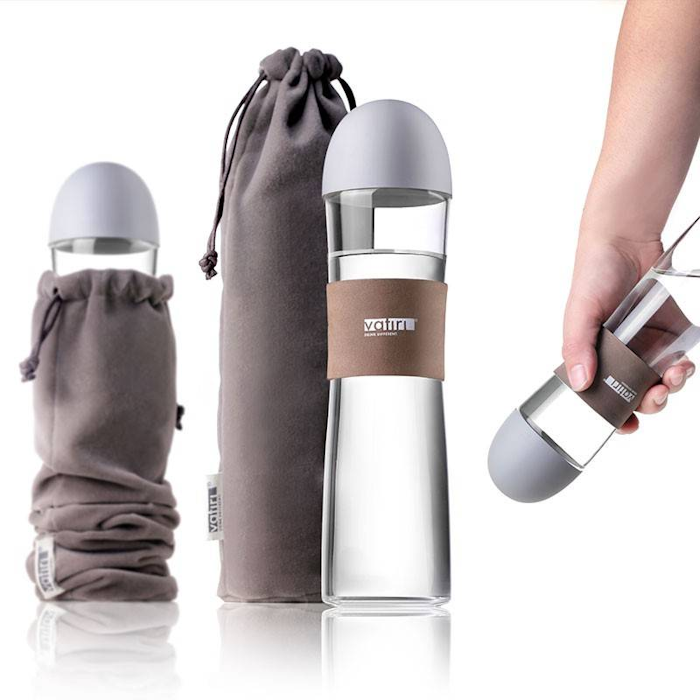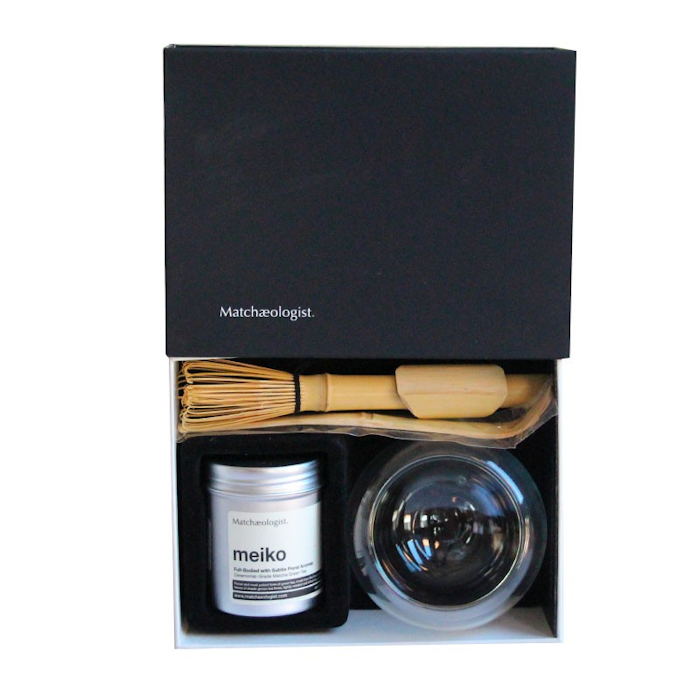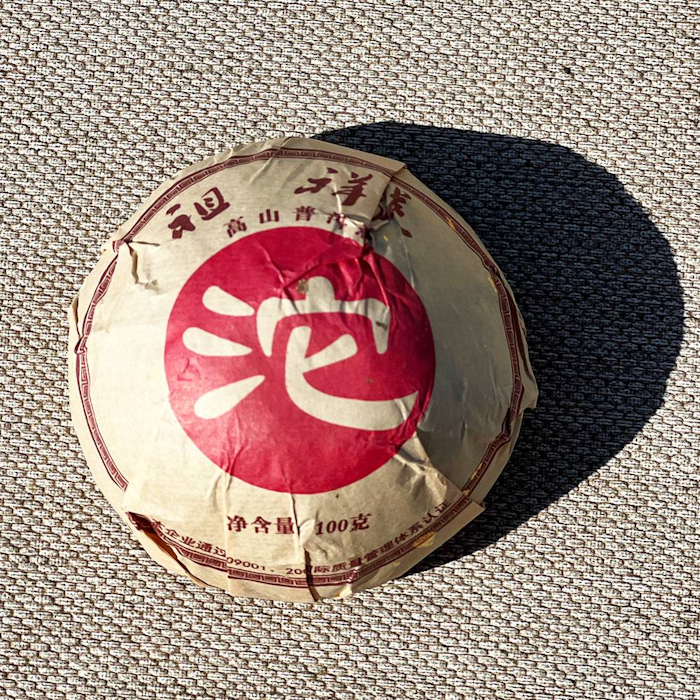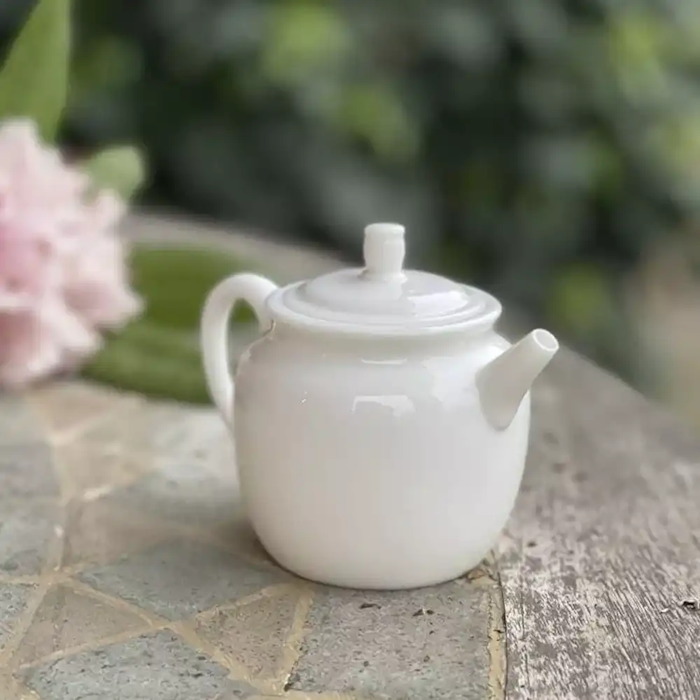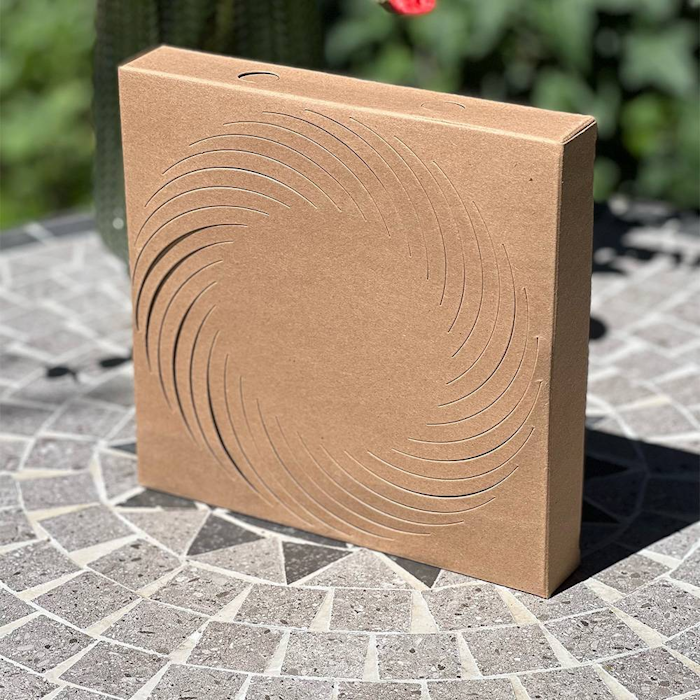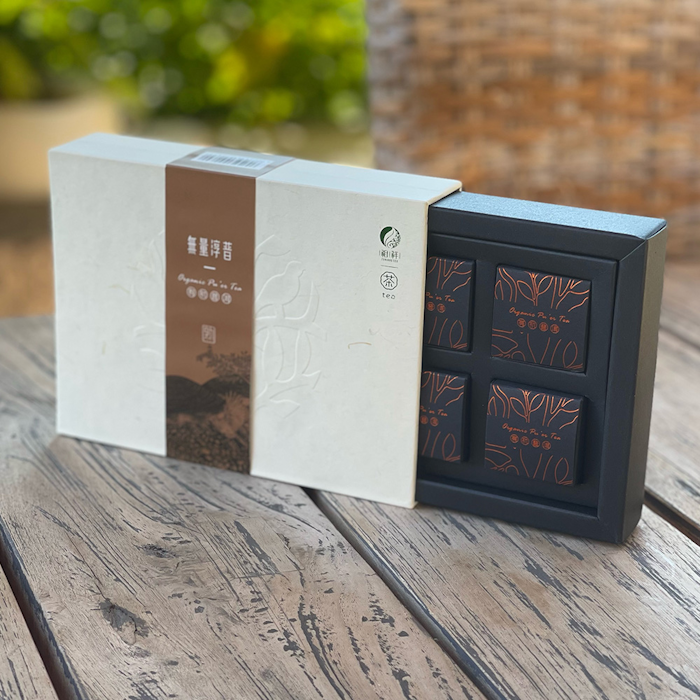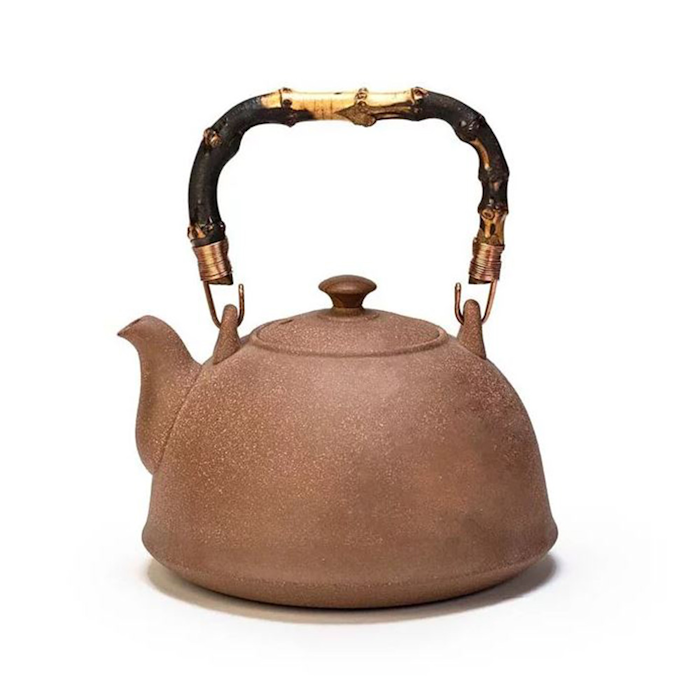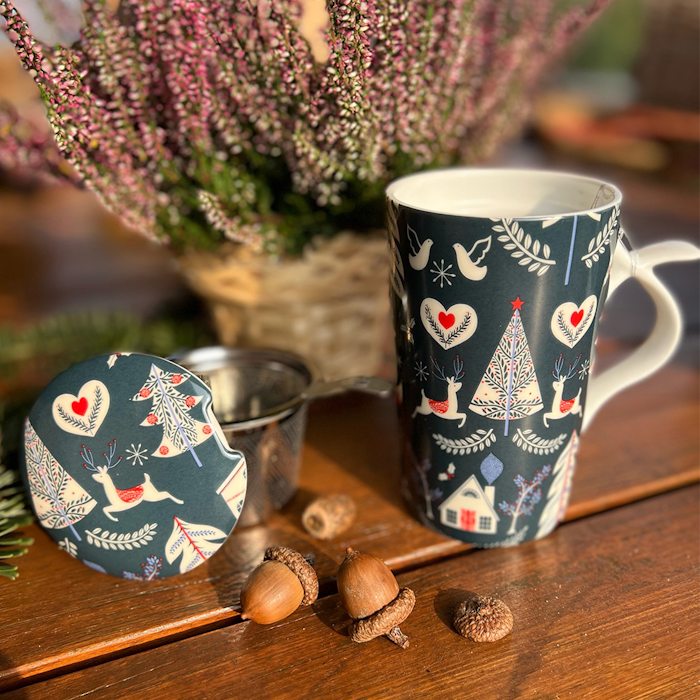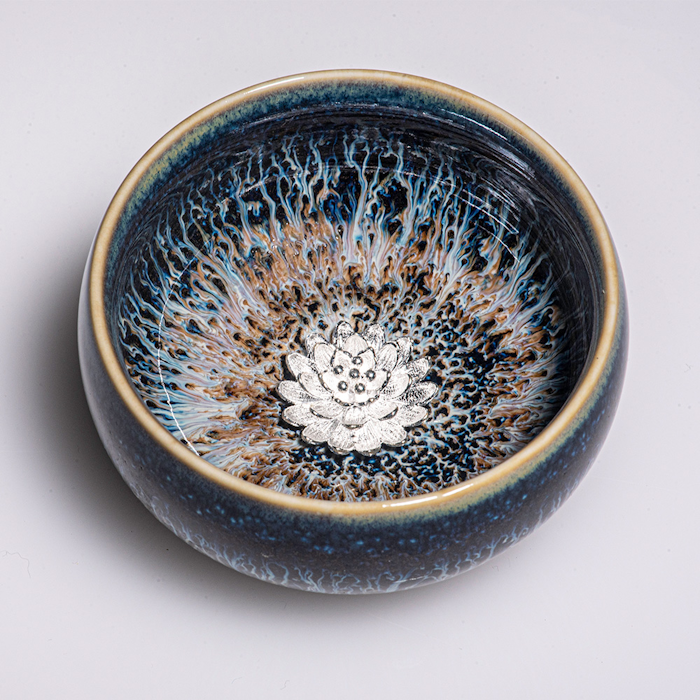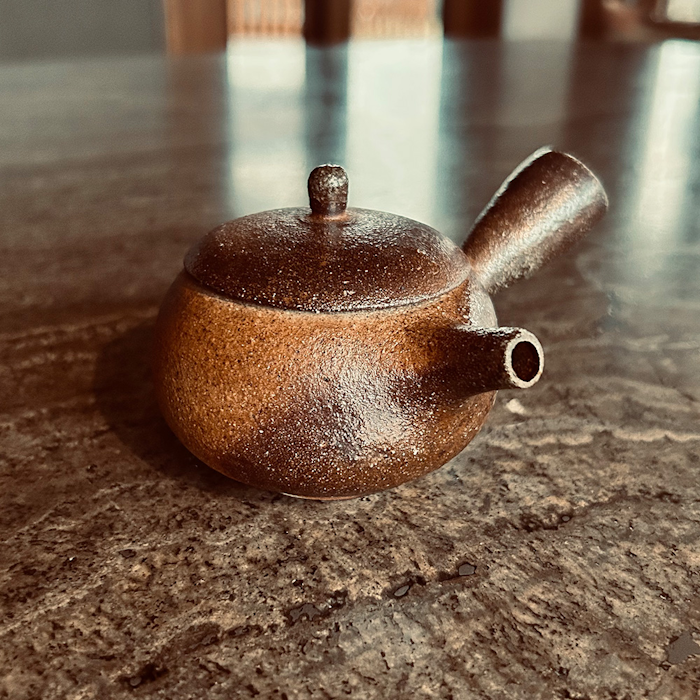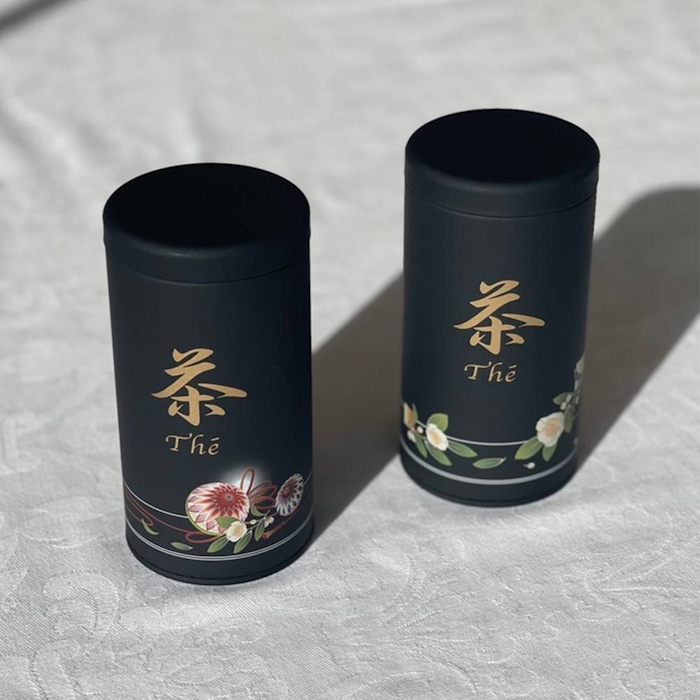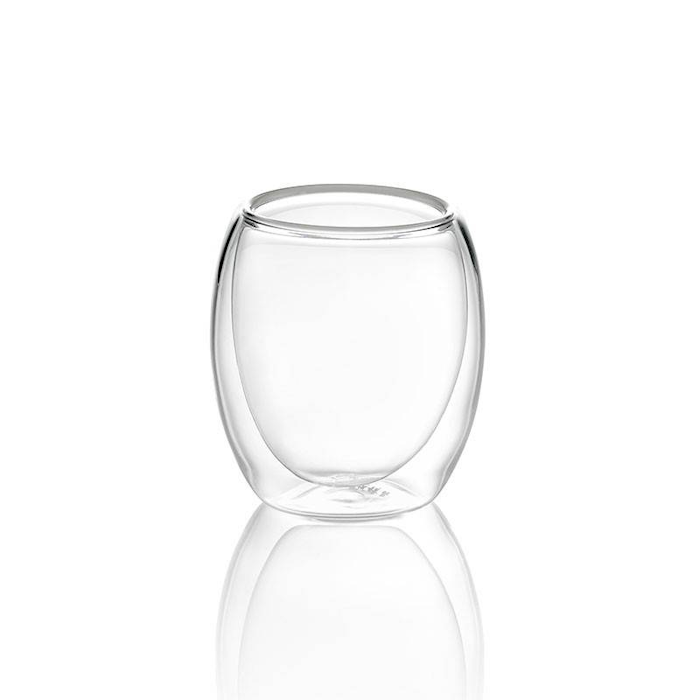The Woojeon Organic Green Tea is a product from South Korea whose leaves are processed in a very complex way. In the West we hear little about green teas from Korea because the small size of this country does not allow it to produce enough to have an export competitive with that of China or India. Despite this infrequent mention, unoxidized teas from Korea have unique characteristics that are very different from those of their "cousins" from the neighboring countries of China and Japan. To be more precise, Korean products are as if they were a hybrid between these two great schools since the processing process involves both cooking the leaf in a wok and exposing it to steam. We decided to introduce you to Korean tea with a Woojeon since this represents the first spring harvest and therefore the best possible outcome in which to trace the typicality of this product. The name of the tea itself translated means "before the rain" in reference precisely to the harvesting period prior to the monsoons that begin to hit the country in May.
Coming to the flavors of this tea, as mentioned earlier, one will also be able to speak here of a hybrid flavor profile. In fact, in the first few sips one will be able to feel a herbaceous trait more akin to the flavors of a Japanese sencha while in the aftertaste one will feel a savory sweetness similar to that of a chestnut typical of Chinese green teas. These two flavors will eventually tend to overlap and mingle in the aftertaste while on the palate a fresh herbal flavor capable of recalling some medicinal herbs will permeate.
Location of origin
South Korea
Production
This green tea is made by flooding the leaves with a powerful jet of steam for a few seconds before moving to a cooking stage in large woks or electric ovens. In this second stage, temperatures are not as high as those used in the traditional Chinese method, but care must still be taken to move and bend the leaves to prevent mistakes such as burns or moisture buildup. The combination of the two processing techniques that are daughters of the Japanese and Chinese cultures results in the stage called "killing the green" to preserve the freshness and green color of the product. Once the cooking process is complete, the leaves have now lost almost all their internal moisture and are therefore ready to be packaged and sold.
Preparation
We strongly recommend infusing this tea in the traditional Chinese method (gong fu cha) to best enjoy these leaves. Following this preparation, 4.5 grams of leaves(about 3 teaspoons) can be used in a gaiwan of about 100 ml to obtain multiple infusions with different tastes. After a quick rinse of the leaves in water at 80°C, one can proceed with an initial infusion of 10 seconds and, after that, keeping the water at the same temperature, proceed with multiple infusions increasing the time by 10 seconds each time (10 - 20 - 30...)
This tea has a longevity of about 4 infusions.
For a classic preparation according to the Western style we recommend 2 grams of leaves (about 1 teaspoon) in a 150 ml cup with water at 80°C for an infusion time of one and a half minutes.
The tea can be filtered for ease when tasting, and also the infusion times given here above are meant to be purely indicative so you can also adjust according to your personal taste.
We recommend storing in a cool, dry place away from direct sunlight.










